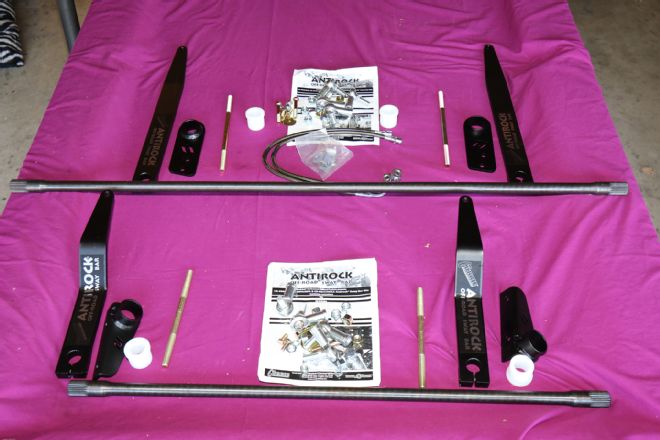
For those of us that drive our vehicles on the street, an anti-sway bar is a good thing. You’ve undoubtedly heard it commonly referred to as a sway bar, but the reason it’s properly called an anti-sway bar is that it helps resist sway and control body roll.
The typical anti-sway bar you’ll see on almost every car, truck, or SUV sold today is a solid steel bar, attached to the frame with brackets that allow it to twist and secured to the axle(s) via end-links. As the vehicle goes around corner or is influenced by steering maneuvers, the body tends to roll or sway. The anti-sway bar helps to resist that roll or sway, as well as fighting the roll back once the vehicle is steered straight again.
While this is a good thing on the street, it can be somewhat detrimental when driving off-road. You do want some resistance to roll and sway, otherwise your Jeep would drive down the trail looking like a drunken sailor on shore leave. However, that same resistance can inhibit axle articulation. When you’re on the trail, you want enough suspension flex to allow the tires to maintain their contact with the terrain.
Currie Enterprises designed its Antirock system to be a happy medium. It allows more body roll than the Jeep Wrangler’s factory anti-sway bar, yet we found it stiff enough for street use. However, that comes down to personal preference and what you consider to be a lot of body roll. One of the nice things is that you never have to remember to unhook your end-links again before going off-road or hooking them back up before hitting the highway. When it came right down to it, we didn’t mind the nominal amount of additional body roll on the street, especially when we took in to account the off-road benefits and the Antirock’s ease of installation.
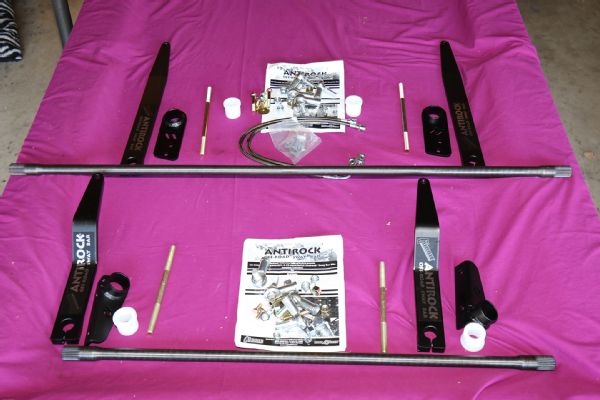
The kits (front and rear seen here) come with all of the hardware you need for the install, minus the mounting bolts. Factory bolts are reused for this purpose. Only the rear kit includes extended brake lines because the factory rear hard brake lines need to be relocated due to the clearance between the link-arm and the frame. We didn’t need them, though, as our JK already had extended brake lines from the suspension system already installed.
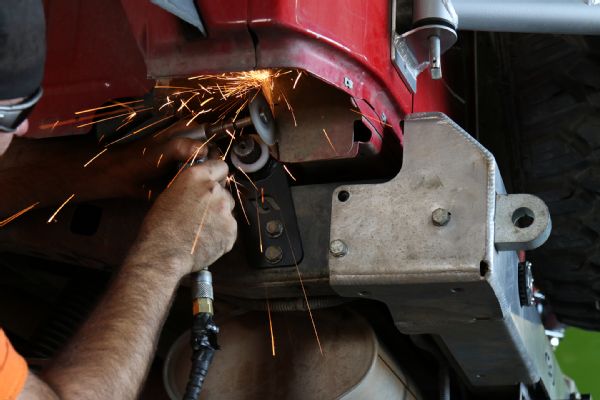
You’ll want to check on your own vehicle, but on our ’11 JK, there was a small amount of sheet metal that interfered with the rear link-arms. We used a pneumatic die grinder with a cutting wheel for the trimming and then squirted a little paint on it afterward to prevent rust.
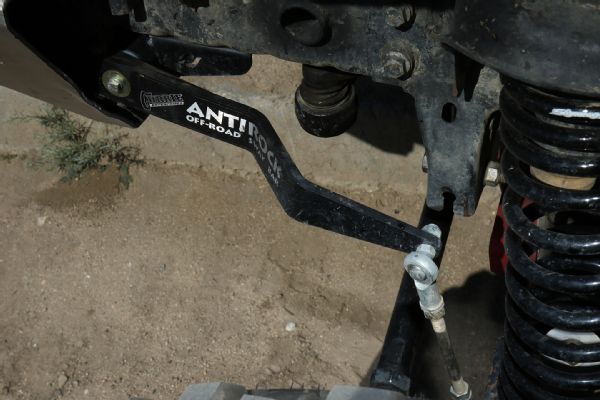
After installing the kit, double-check that nothing interferes with any of the Antirock components. While there was no interference from any of the factory parts, our aftermarket front bumper was slightly in the way. Luckily we had chosen an aluminum bumper, so a little persuasion with a small pry-bar was all that was needed to fix that issue.
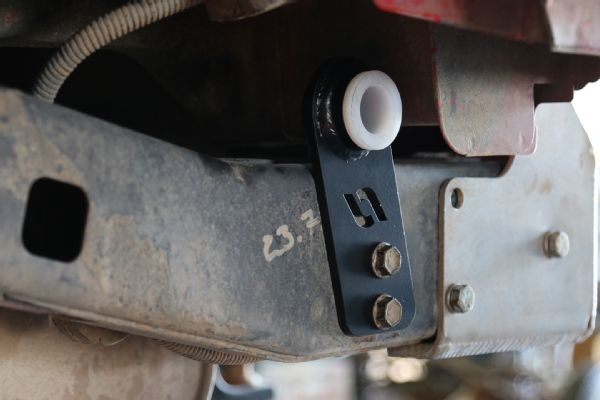
We installed our rear brackets backwards. The kit’s instructions show the bushing sleeve pointing inwards to accommodate for our Jeep’s slight variance in frame width. One side of the bushing-sleeve tube is welded to the bracket, while the other is not. By grinding down the unwelded side, we were able to adjust for this frame-width variance. When installing the bar through the bushings, a small amount of grease in the bushings and on the bar is a huge help.
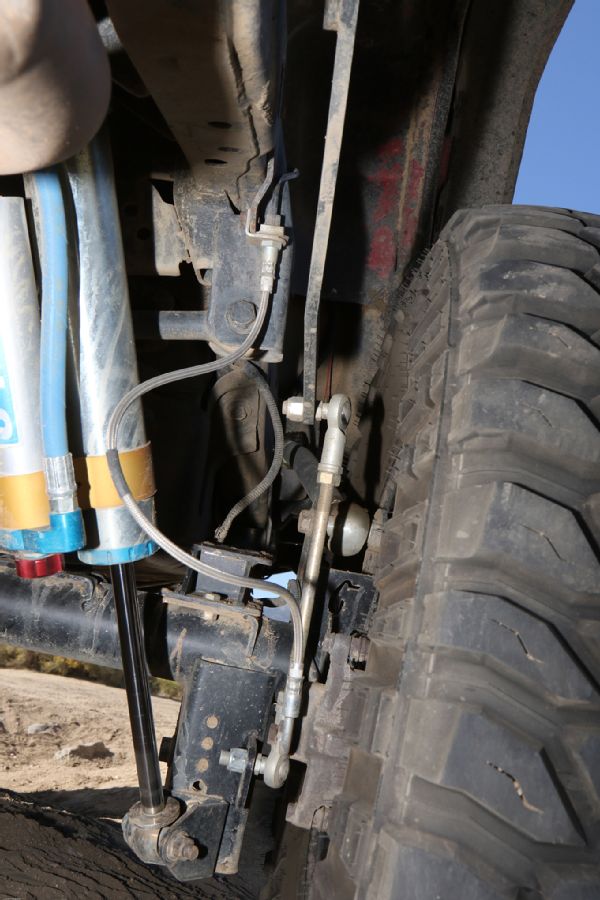
Especially when running bigger tires, there isn’t a lot of room between the tire and frame rail. Our JKs wheels have 4 3/4 inches of backspacing, compared to the factory wheels backspaced at 6 1/2 inches, and they’re still a bit tight. Currie recommends relocating the rear brake lines to top of the framerail to prevent them from being caught by the link-arms during articulation. Be careful with your install—broken brake lines are a quick way to ruin a day.